Our adventure in Colombia continues with a real highlight. We visit the Pandora Forest. The name comes from a legend about a lost dog, but parts of the well-known film series Avatar were also filmed in this remote forest. Due to the special local conditions, the karst mountains form narrow gorges that are overgrown with dense greenery. A unique place – that much in advance!
Pandora Forest Geopark
Getting here is an adventure in itself. Pandora Forest is not yet a major tourist destination and therefore only very bumpy, partially washed-out gravel roads lead here. It takes us almost 2 ½ hours to cover the last 23 km! At this point, we just hope that the trip is really worth it, because we know we have to drive back along the same roads! However, we receive a friendly welcome and are able to spend the night on a somewhat steep gravel parking lot right next to the entrance to the Pandora Forest Geopark before we set off early the next morning.
As already mentioned, the geopark is not yet a major mass tourism destination. The area here is very rural, with just a few small, simple farms scattered around with a few chickens, goats and a few cows. A family only started offering tours through this unique landscape a few years ago (after the movie Avatar was filmed here). They also already have three small, simple cabañas (small lodges) for guests and are currently building two more. All the people employed here (cook, guides, construction workers, etc.) are neighbors and come from the immediate vicinity – almost all of them come to work on foot. Most of them have known each other since they were children and the way they treat each other and us guests is open and very relaxed. We really enjoy the atmosphere here and we are happy to support local tourism in such an environment.
Pandora Forest
We start the day early by our standards at half past five so that we can have breakfast and wash up before we meet our guide and the Colombian couple who complete our group for a cup of “tinto” (black coffee) at half past seven.
We have three different activities planned for today. We visit the Pandora Forest, the Cueva Santuario and the Cueva del Oro.
Shortly after the visitor center begins the sometimes quite adventurous hiking trail through the karst mountains of the Pandora Forest, a real labyrinth of high rocks. Visiting the park is only permitted with a guide, and here it is clear why; without our guide we would probably have lost our way pretty quickly.
We hike along very natural paths through the karst mountains and their rocky gorges. It’s really through, as there are usually several tens of meters high stone pillars to the left and right of the path. In the cool, damp climate, the rock formations are overgrown with all kinds of moss and exotic plants. What a wonderful sight! We only make slow progress, we simply have to let the impressions sink in again and again. And, of course, take thousands of photos.
As an insertion: In the movie Avatar, a moon far away from Earth – Pandora – is defined as a target area for human resource extraction. On this moon, an indigenous people live in harmony with nature, and it is precisely this nature that is portrayed in the movie in the way the Pandora Forest is presented here in Colombia. Accordingly, we truly feel like we are following in the footsteps of the Na’vi – the indigenous people from the movie Avatar.
At times, the scenery really does seem to be from another planet. We spend about as much time hiking as we do taking photos. Fortunately, our fellow visitors feel the same way; the couple from Medellín are just as amazed by the impressive landscape as we are and probably take even more photos than we do.
After just under two hours, we find the end of the circular trail and escape the labyrinth of rocks thanks to the help of our guide. Of course, during the tour he explains a lot about the formation of such a karst landscape and the dense flora that we encounter along the way. We already know a lot of it from other tours. The limestone is washed out due to its comparatively good water solubility and the remaining rock is left behind in the rugged formations. The guide’s explanations are not only very interesting in terms of content, but also great for improving our Spanish. What’s more, the Colombians are very interested in Switzerland and our trip, so the hike is also a bit of a Spanish school for us.
Santuario – sacred place of refuge
Right next to Pandora Forest, so to speak, on the way back to the starting point and visitor center is the Santuario – or sacred sanctuary. It is also an impressive place, but not comparable to the off-planet appearance of the Pandora Forest. We descend on steep stairs with high steps into an almost circular depression in the mountains. It is certainly 30m – 40m deep. From the bottom of the depression, a large cave to the left and right leads further into the interior of the mountain. These two caves are themselves just as deep as the main depression with its open shape towards the top. A beautiful place and we can understand the importance of this place, but it is not that impressive for us. Nevertheless, the Santuario is beautiful to look at.
Cueva del Oro – gold cave
In the afternoon, the attraction is a little further away. We first walk above ground for a good half hour in our borrowed rubber boots to a fairly hidden cave entrance, which is also secured with a hedge and lock, almost over-cautiously. And here too: Fortunately, the big tourist crowds have not yet arrived at this place and we can explore the cave almost exclusively in its natural state. There are no wide, concrete paths and certain passages are a little adventurous. Sometimes we go up over large boulders, then through a watercourse. Eventually we reach a cave where there is a natural shower in the middle. Here, the collected water from the surface continuously rains into the cave and then flows underground through the above-mentioned streams.
But now to the name of the cave, why is it called the Gold Cave? Quite simply because large parts of the cave walls are covered with shimmering silver and golden dots. On closer inspection, they are like tiny drops of water that create the shimmering and glittering effect. Research is still underway to determine whether it is microorganisms or a type of plant that reacts with the minerals and causes the golden cave effect.
In the last cave room before turning back, we also do a short experiment with the whole group that we didn’t remember from the past. As the cave is only accessible through a small gap and we are now a few turns further inside, it is completely dark. On instruction, everyone switches off their headlamps for a few minutes and we experience absolute darkness. Whether we keep our eyes open or closed obviously makes no difference. This is probably how a blind person will feel the whole time, or rather not process any impressions from their eyes. One moment we remain in silence, another moment we are talking to each other in the dark – really exciting! When will we next be in complete darkness? Apart from nature, this was also an exciting moment in the Pandora Forest Geopark.
A whole day on the trail of the Na’vi in an earthly natural paradise passes by so quickly. So paradisiacal that it immediately feels extraterrestrial again! We enjoy the evening around a cozy campfire and get to know the Colombian tourists from Medellín better – so now we have a contact for both big cities Bogotá and Medellín. It felt like we had never met so many locals in the whole of Central America as in the first two weeks in South America and, of course, especially in Colombia. So far, all Colombians have been warm, open-minded and interested! This makes traveling even more fun than it already is.
PS: The long journey over the bumpy road was 100% worth it for us! Even if the return journey took even longer!
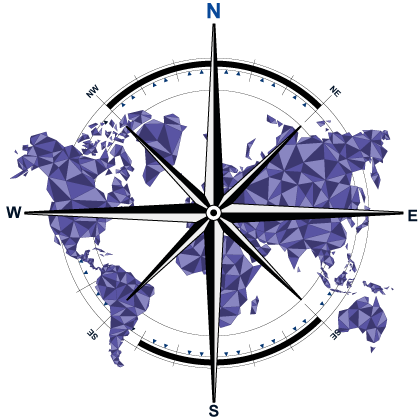
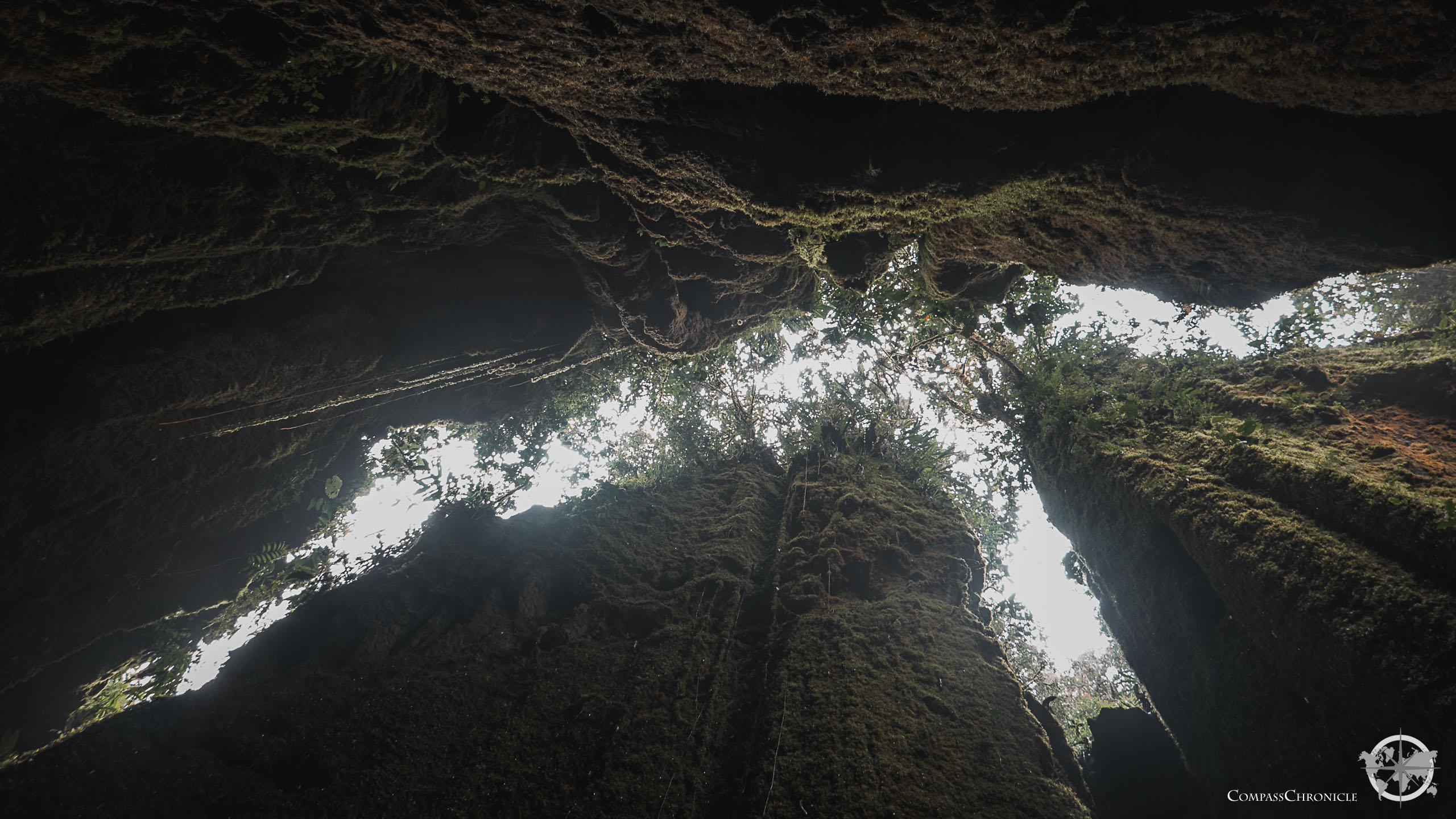
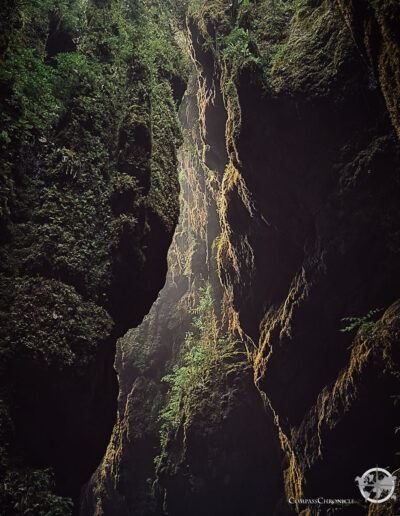

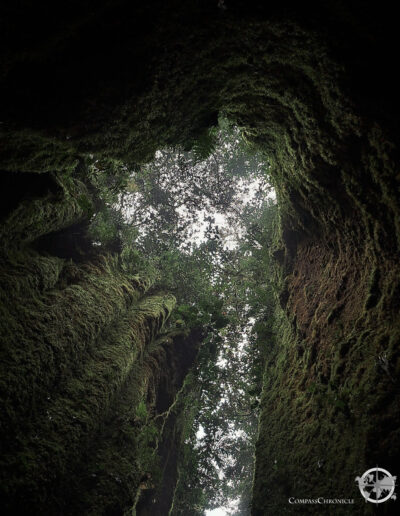


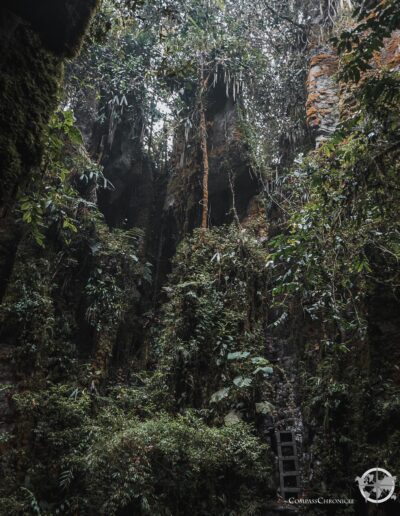
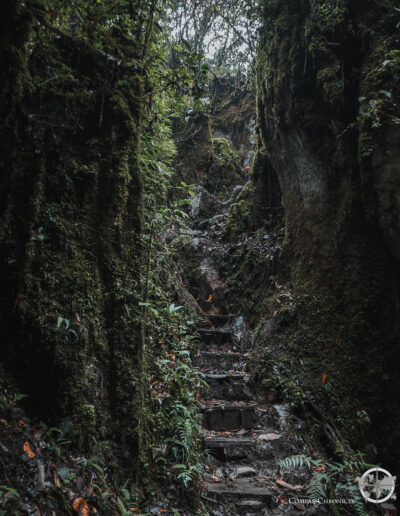

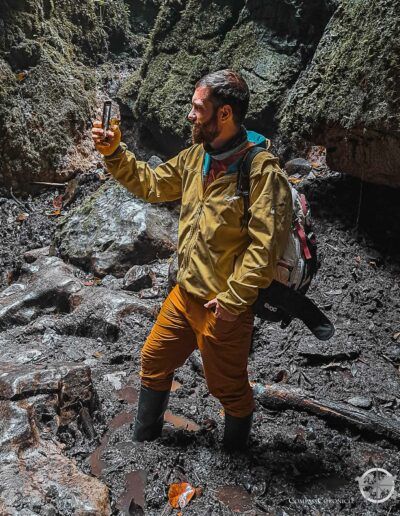
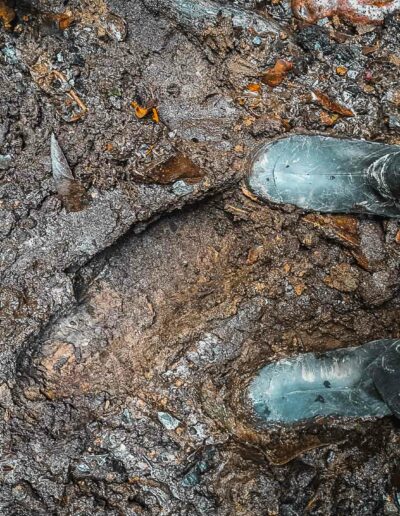

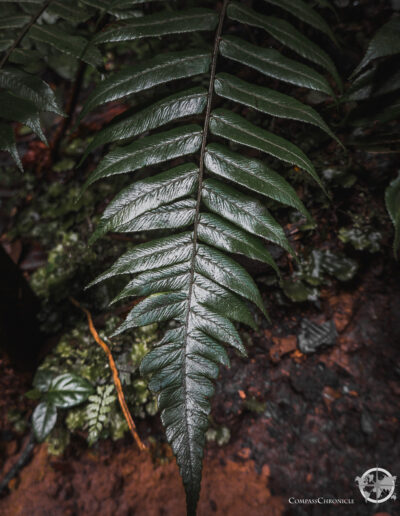
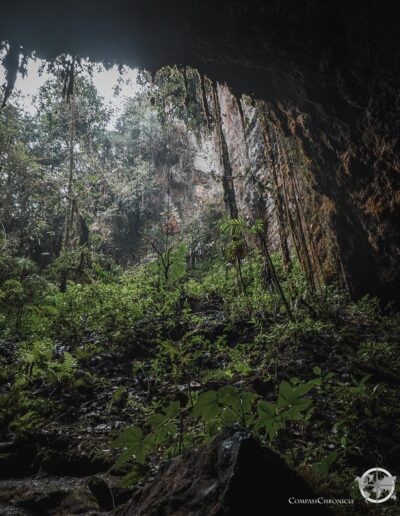
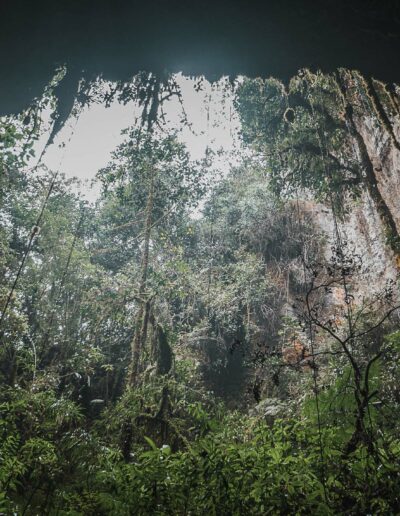
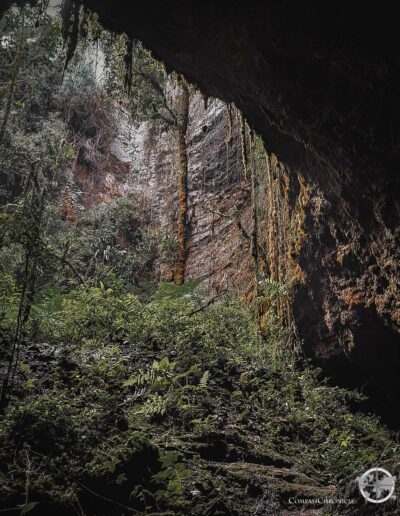

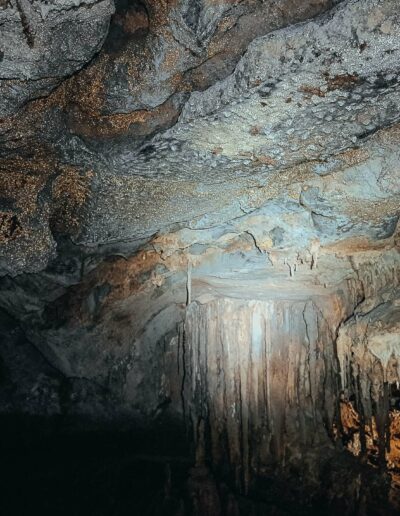
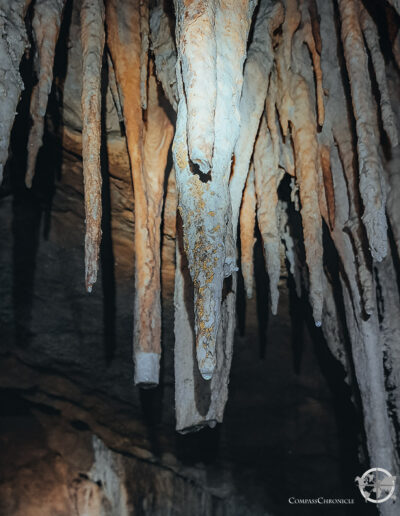
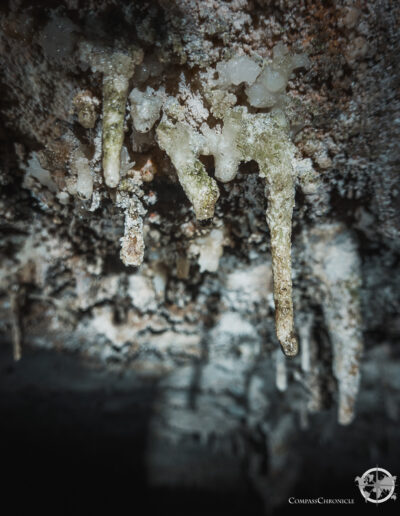
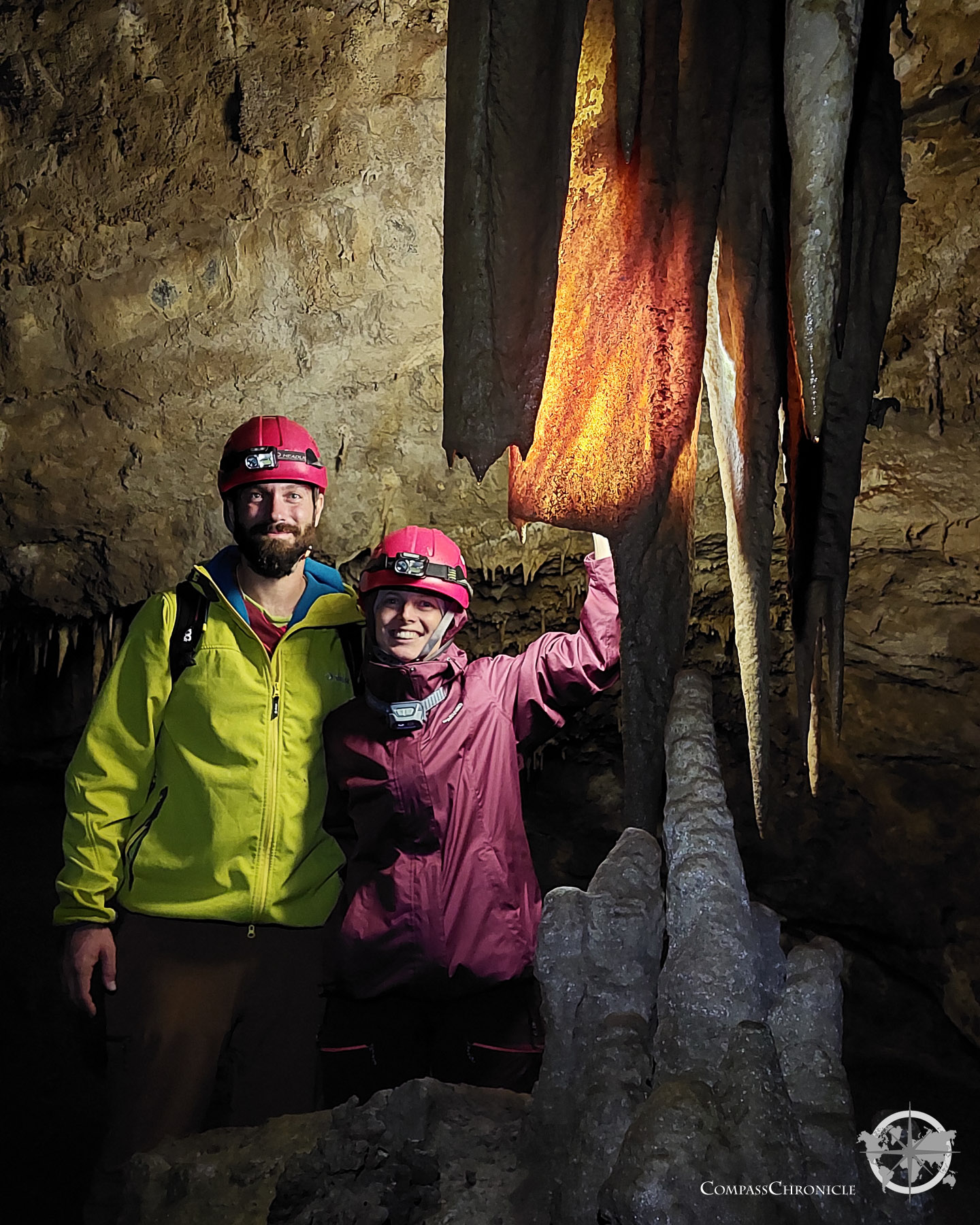
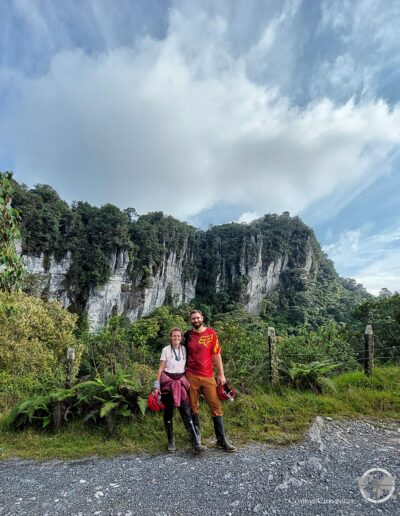
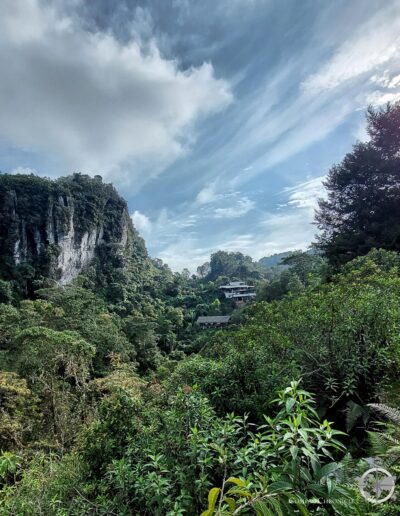
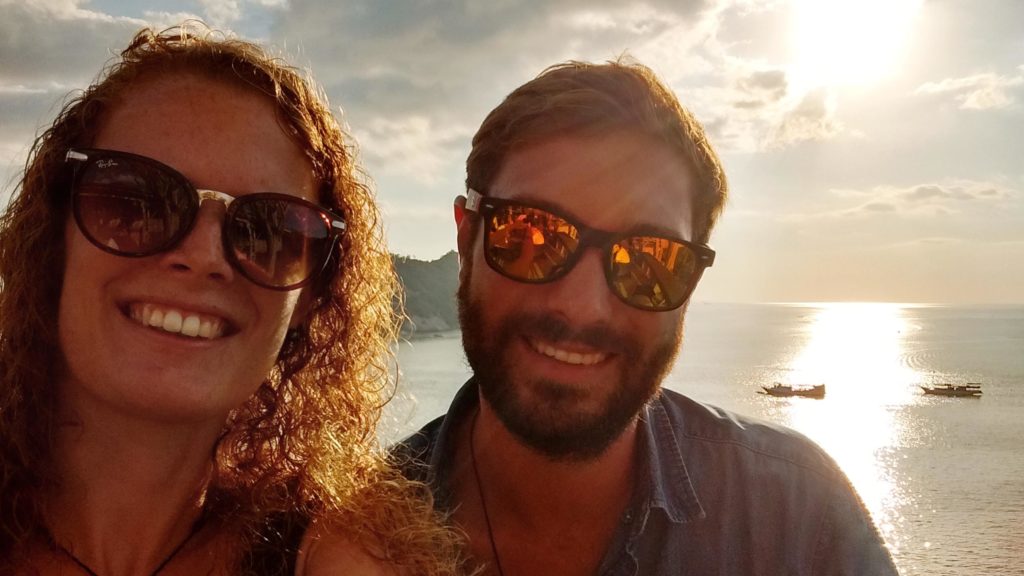
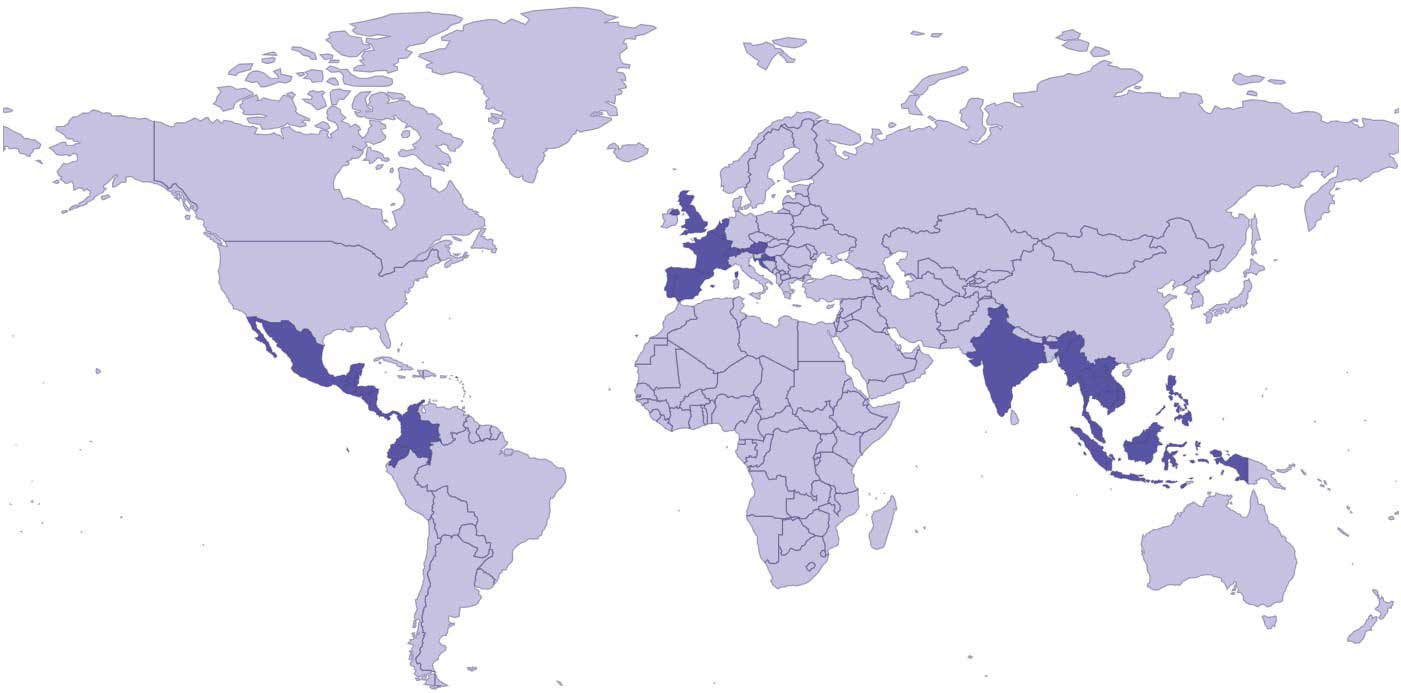

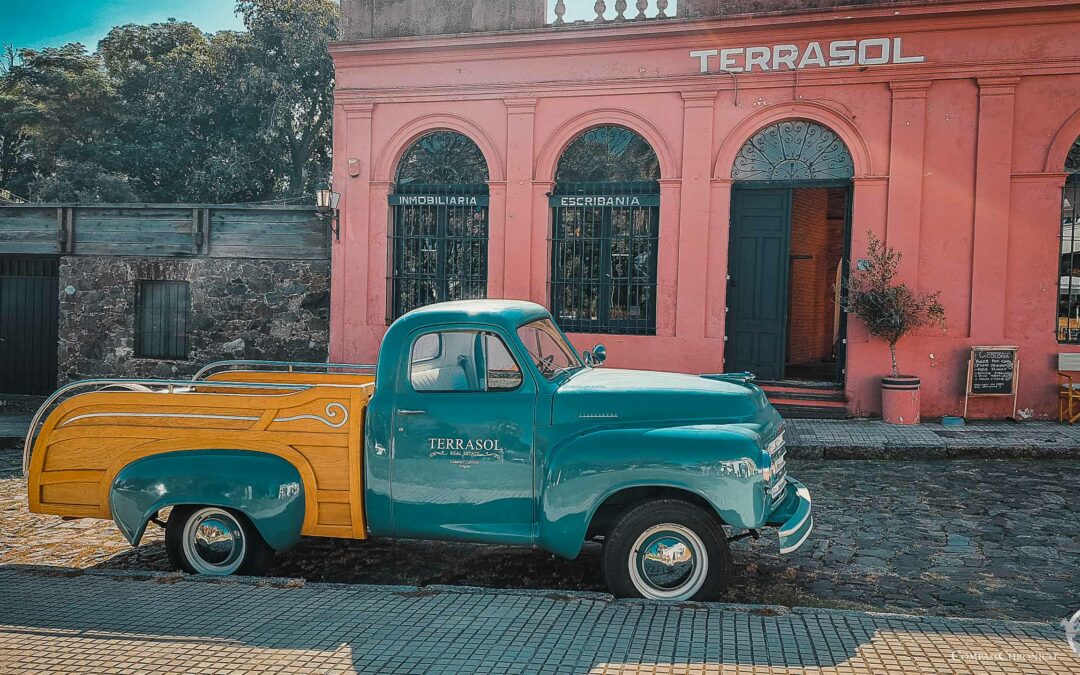
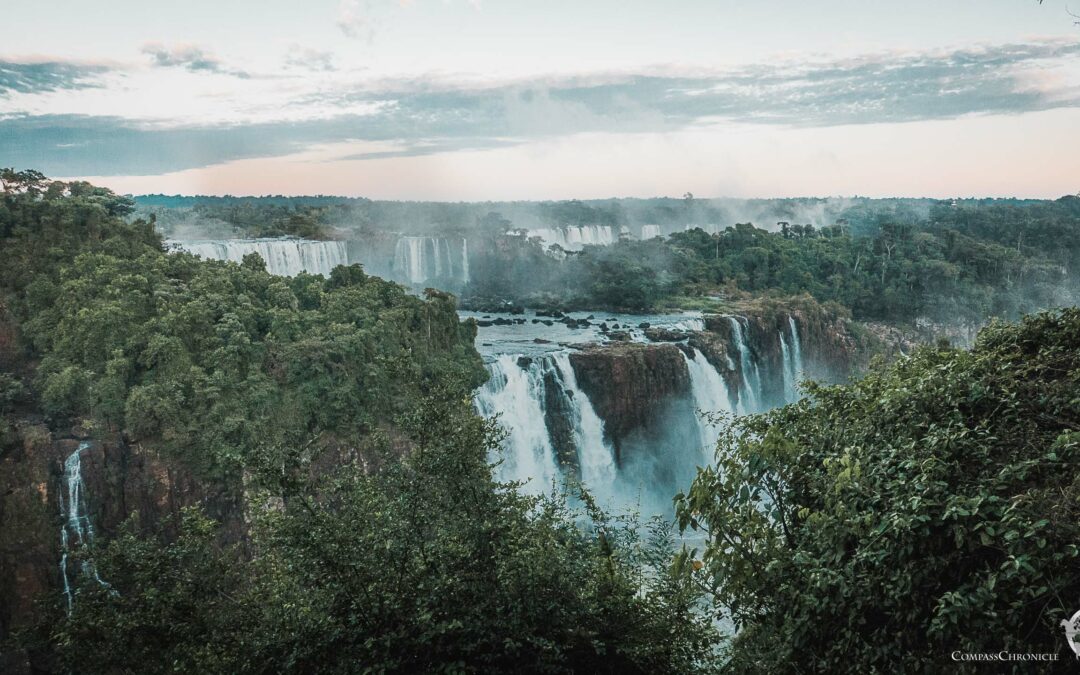
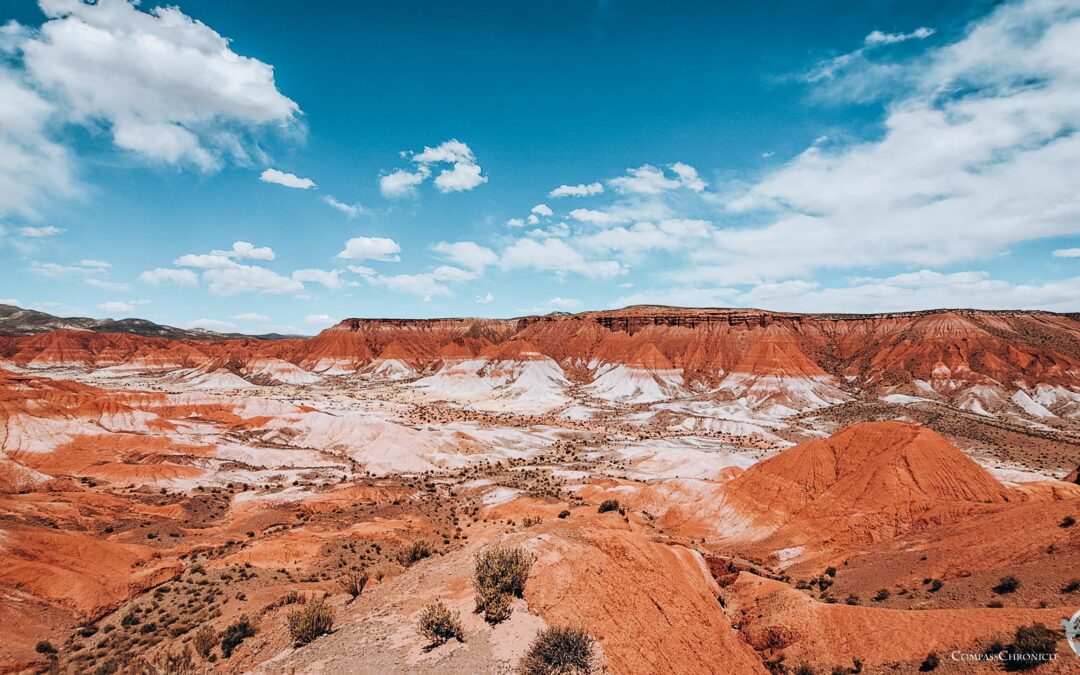
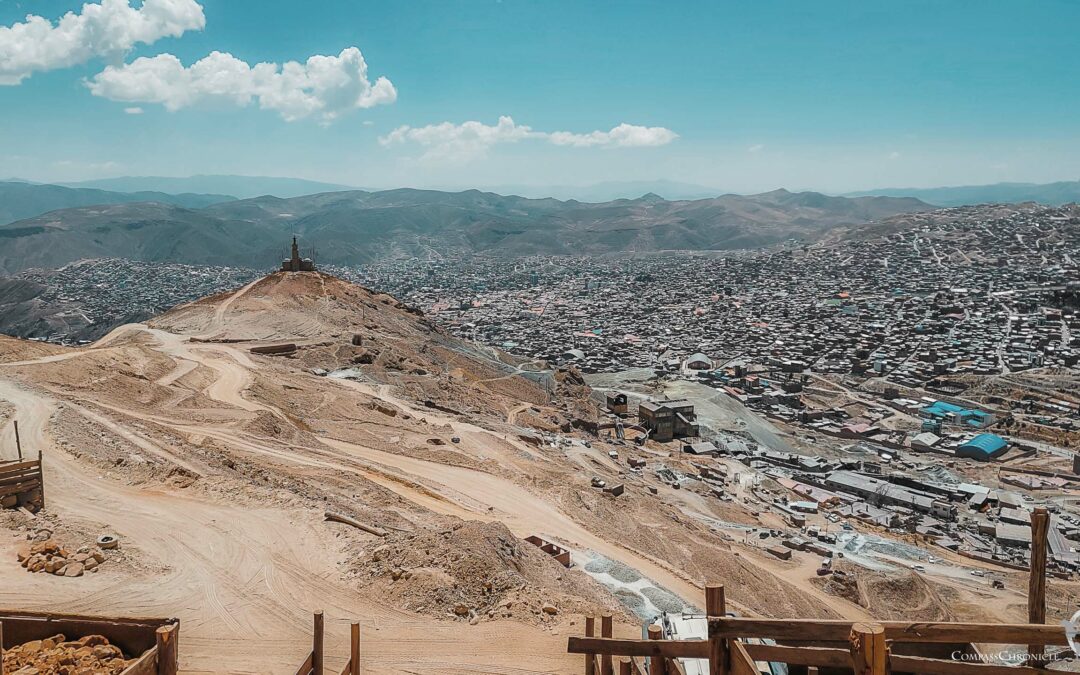
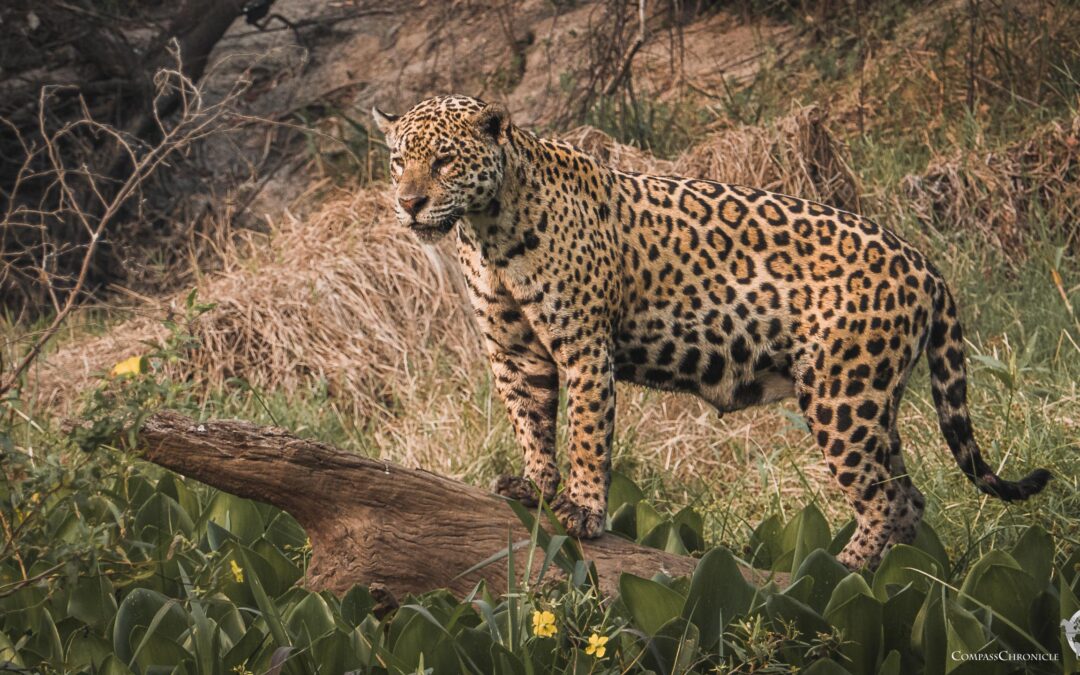
Looks great, hope you guys have a good adventure!